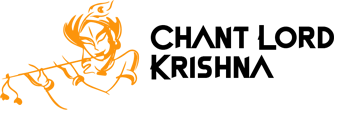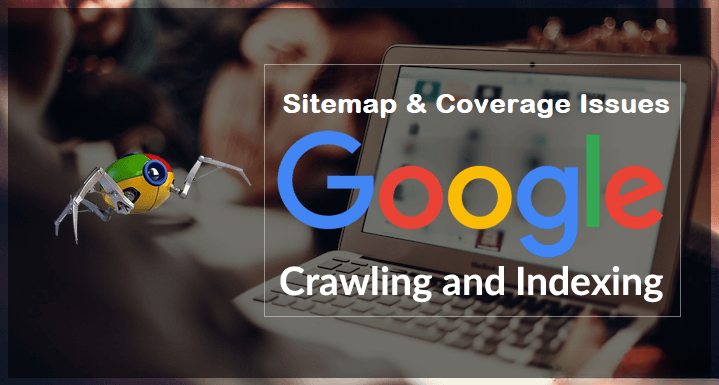You have been putting a lot of effort into your website and are eager to see it at the top of the search results. Your work is having trouble getting over the 10-page barrier, though. If your content has been optimised and you are confident that your website deserves to be ranked higher, a problem with crawlability, indexing, sitemaps, or coverage may occur.
Additionally, we divide these problems into two groups: those you can handle on your own and those that require the assistance of a developer or system administrator for more complex technical SEO or website problems.
When we say “assign to an expert,” we mean: You must have knowledge in server management or web development.
Therefore, if you don’t have all the facts. Then, to easily fix this problem, you must first complete a Digital Marketing Course in Noida.
Let’s start the solving procedure of Website Crawling, Indexing.
Issues with Meta Tags or robots.txt
For the simple reason that its site crawlers are not allowed access to them, Google may not index a full website or certain pages.
There are several instructions available for bots to cease page crawling. It should be noted that include these parameters in robots.txt is not a mistake; when properly and precisely used, they can lower crawl budget needs and offer clear instructions for bots to follow while crawling the websites you want scanned.
- Blocking the Webpage from Being Indexed using the Robots Meta Tag
If you do this, the search engine’s robot will completely bypass your page and proceed directly to the one that comes next.
By searching for the following directive in the code of your page, you can find this issue: <meta name=”robots” content=”noindex”/>
- NoFollow Links
The web crawler will index your page’s content in this scenario, but it won’t follow the links. NoFollow directives come in two varieties:
- Across the entire page. Make sure you have: <meta name=”robots” content=”nofollow”>. This would prevent the crawler from following any links on the page according to the coding of this page.
- For a solitary connection. The piece of code in this instance looks like this: href=”pagename.html” rel=”nofollow”/>
- Blocking the Pages from Indexing Through Robots.txt
The first file on your website that spiders look at is robots.txt. There, the most torturous thing you may discover is:
User-agent: *
Disallow: /
It indicates that indexing of every page of the website has been disabled.
It’s possible that only particular pages or portions are banned, like in:
User-agent: *
Disallow: /products/
In this scenario, Google will not be able to index any pages in the products subdirectory, rendering all of your product descriptions invisible.
Internal Broken Links
Broken links are usually frustrating for both your users and the crawlers. The search engine’s crawl budget is used for each page that it indexes. In light of this, if you have a lot of broken links, the bot will spend all of its time trying to index them and won’t get to any quality or relevant pages.
You may find these kind of issues by looking at the Crawl errors report in Google Search Console or the Internal broken links check in SEMrush Site Audit.
- URL Errors
A mistake in the URL you add to your page is typically what results in a URL error. Verify that all of the links are entered correctly.
- Outdated URLs
You should double-check this problem if you just had a website move, a mass deletion, or a URL structure change. Make sure that none of the pages on your website include links to outdated or removed URLs.
Issues with Sitemap XML
- Format Errors
Format problems can take many different forms, such erroneous URLs or missing tags. Additionally, you may have discovered that robots.txt has prevented access to the sitemap file. This indicates that the content of the sitemap was inaccessible to the bots.
- Wrong Pages in Sitemap
Let’s get to the information now. The relevance of the URLs in the sitemap may be estimated even if you are not a web engineer. Examine each URL in your sitemap carefully to ensure that it is current, accurate, and useful. The sitemap hints can assist bots in indexing the most important pages first if the crawl budget is constrained and they are unable to browse the full website.
Also Visit Top Digital Marketing Company in Noida
Conclusion
Keep in mind that a page cannot be indexed if it has not been crawled. The page won’t show up in the search results if it isn’t indexed. The page cannot obtain organic traffic if it is not shown in the search results.
Additionally, ensuring that search engines can effectively reach your website benefits you in ways that go well beyond merely better crawlability and index ability. Bots should be treated as guests, and you should make them feel welcome so they’ll want to return. By doing this, you earn Google’s confidence, which will undoubtedly improve your placements.



